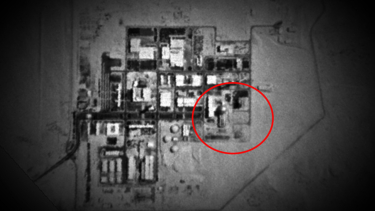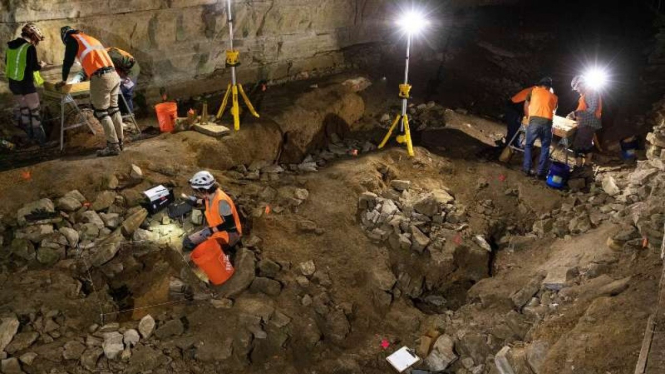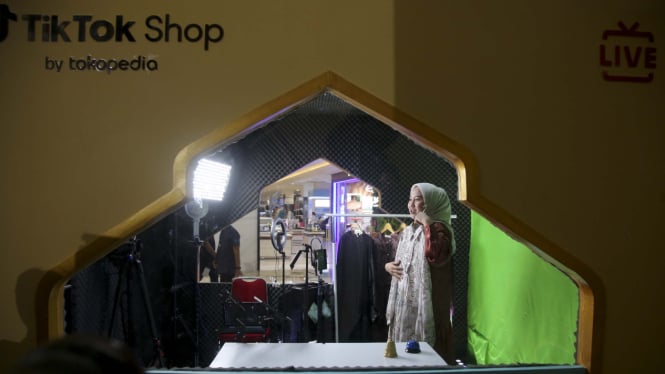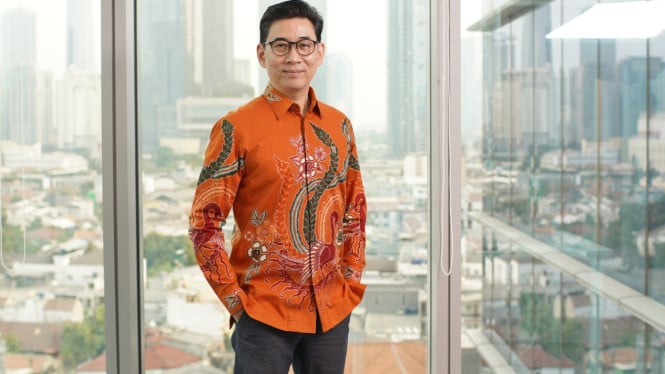Researchers Extract DNA Test of Ancient Israelites
- Grace Ramey/Daily News via AP
This is consistent with the high mortality rate of children in ancient times, the researchers revealed.
Based on the pottery typology used in the funerary offerings it seems that the tomb was used for a prolonged period, around 750-650 B.C.E., placing it in the late Iron Age, or late First Temple period according to the biblical chronology.
An archaeologist at Tel Aviv University and the University of Haifa, Israel Finklestein said that the tomb is an important find in its own right, given that burials from this period are rare and tend to be from slightly later times, generally closer to the fall of Jerusalem and the First Temple to the Babylonians in 586 B.C.E.
Moreover, Finkelstein was called in to lead the research on the tomb as he was already heading a dig at Kiryat Yearim, a settlement which is mentioned in the Bible as having housed the Ark of the Covenant before it was brought to Jerusalem.
“I suppose that we are dealing with a family tomb, likely from the elite of Kiryat Yearim, whose members were buried there over a long period of time,” Finkelstein informed.
“We don’t know how big it was originally, because most of it was destroyed in recent years,"
Together with Prof. David Reich, a geneticist at Harvard University, and mathematician Dr. Arie Shaus, Finkelstein embarked on a quest to extract DNA from the people interred in the Kiryat Yearim tomb.
The technique of extracting genetic material from ancient bones, teeth and other organic remains began to emerge over 20 years ago, and has since reached such sophistication that researchers are even divining (some) information on creatures that lived over a million years ago.
It is rare for bones to be preserved well enough to provide any genetic material at all, yet the ability to extract and sequence genetic material from ancient remains has given researchers major insights into the origins, migrations and history of human populations, as well as prehistoric hominins, animals and plants.


















